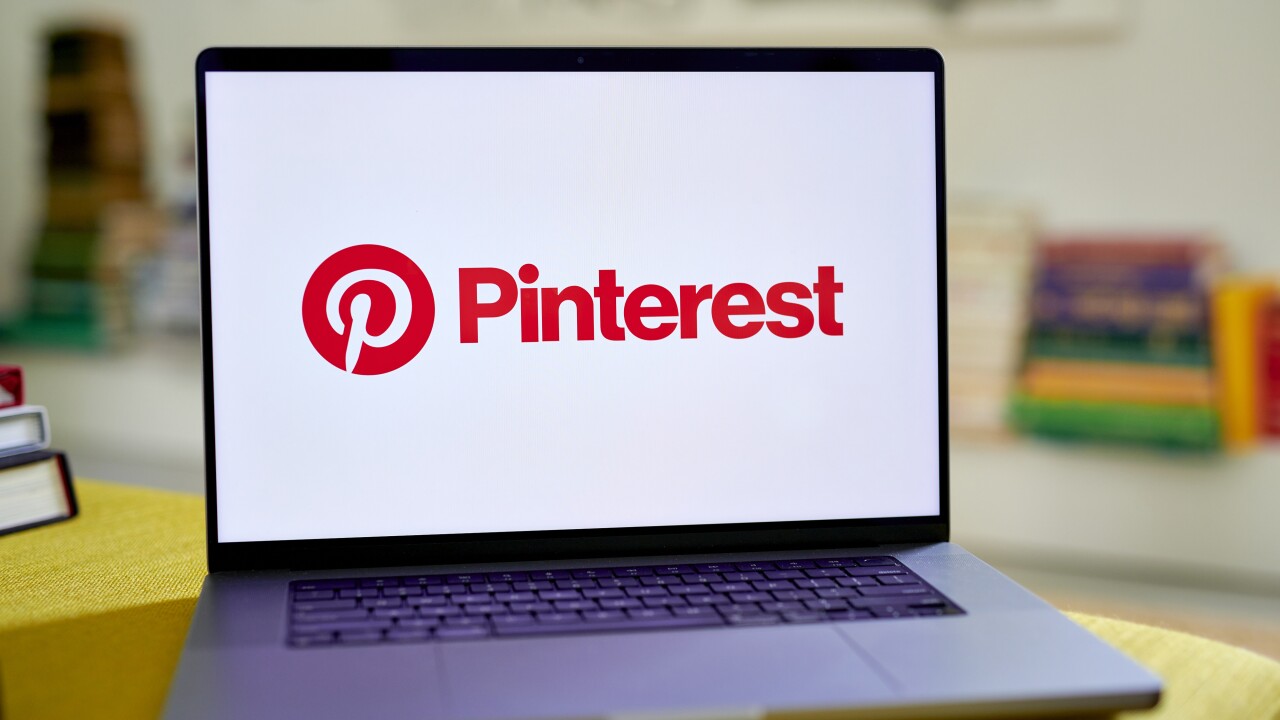To
Increasingly, self-funded healthcare plans are becoming more appealing for employers seeking to ease high costs and have
"Any employer that doesn't treat [healthcare] as a top three business issue is doing so at their own peril," says Ashok Subramanian, founder and CEO of Centivo, a digital health plan company that serves self-funded employers. But with the right vendor, it's possible to redefine affordability and improve quality and experience at the same time, he explains.
Read more:
Centivo partners directly with local primary care providers to give patients access to an in-person care team, as well as a virtual primary care option and concierge support through their app. They also partner other types of providers, such as pharmacy benefit managers, behavioral health specialists and fertility specialists, helping to create well-rounded plans with significant cost reductions. Their primary care-centered plan, for example, includes free primary care visits, no deductibles, and the ability to see what their copay will be before specialist visits and procedures.
"We're saving money for employers without simply shifting costs to workers," he says. "We define radical affordability as 75% of people spending less than $200 out of pocket on healthcare-related expenses per year, which is a pretty wild number compared to the multiple thousands of dollars of deductible and co-insurance expenses that most Americans have."
The Milliman Medical Index reported people paid an out-of-pocket average of $1,100 per person for it in 2023, and a study by the Stanford Graduate School of Business revealed that organizations lose $26 billion a year from the absence of employees who have to deal with health benefits administrators. Further, employees who avoid medical care are at risk for more serious conditions, which could increase their time away from work, and their expenses in eventually meeting those needs.
Read more:
Is it time to reevaluate your offerings?
Subramanian encourages benefit managers to take a hard look at their current healthcare offerings and, if they're not excited to speak about them at open enrollment meetings, look into other options.
"We have a client who said, 'This is the first conversation I've had [in the last] 10 years where I feel like I could deliver a good news story,'" Subramanian says. "He's going on his fifth anniversary with us in July, and he's managed to keep his employee contributions flat for all five years while offering a very rich design."
To figure out whether a change is necessary, Subramanian recommends doing a needs analysis with tools such as focus groups and surveys. Once benefit managers identify where any gaps are, they can move forward with researching the right vendors or other resources to fill them. This process should not be rushed, Subramanian says — companies should be thoughtful, set goals and objectives and come up with a thorough strategy before making any new selections.
Read more:
As benefit managers go through their vendor options, Subramanian notes the importance of selecting those with data points and other evidence of success, and the need to make sure that any short-list candidates are truly in sync with the goals and motivations of the company.
"The employer community needs a better set of partners that are truly built for and aligned with it," Subramanian says. "We are working towards being that, and there are other solutions as well, but it's a key thing for employers to be more aware of."






